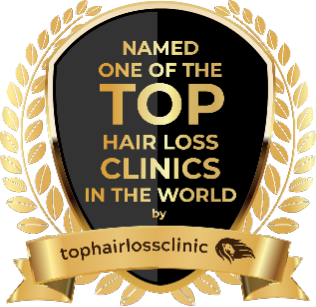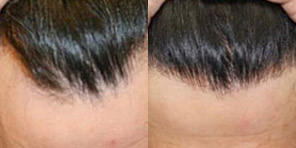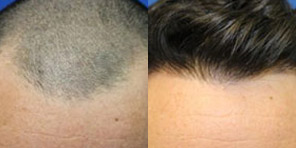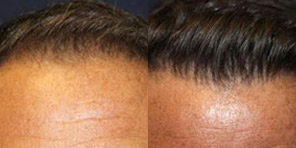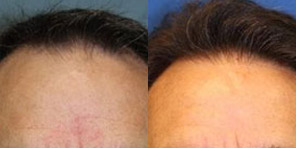How do you find out if your doctor is board certified? Sounds easy, right? All you need to do is check on the web. Wrong! That’s not the important question. So, what is the question you need to ask? It is this:
How can I tell if my doctor is board certified by a reputable board or a bogus one? The answer is FOUR LETTERS– ABMS. The letters stand for the American Board of Medical Specialties. The ABMS was established in 1933 as a nationally recognized non-profit organization serving the public and medical profession in partnership with the 24 certifying Member Boards.
Here is the most current list of ABMS boards:
- American Board of Allergy and Immunology
- American Board of Anesthesiology
- American Board of Colon and Rectal Surgery
- American Board of Dermatology
- American Board of Emergency Medicine
- American Board of Family Medicine
- American Board of Internal Medicine
- American Board of Medical Genetics and Genomics
- American Board of Neurological Surgery
- American Board of Nuclear Medicine
- American Board of Obstetrics and Gynecology
- American Board of Ophthalmology
- American Board of Orthopedic Surgery
- American Board of Otolaryngology – Head & Neck Surgery
- American Board of Pathology
- American Board of Pediatrics
- American Board of Physical Medicine and Rehabilitation
- American Board of Plastic Surgery
- American Board of Preventive Medicine
- American Board of Psychiatry and Neurology
- American Board of Urology
Board certification by one of the 24 ABMS boards has the most stringent requirements for physicians and surgeons available and include the following:
- Finishing four years of premedical education in a college or university;
- Earning a medical degree (MD, DO or other credential approved by an ABMS Member Board) from a qualified medical school;
- Completing three to seven years of full-time experience in a residency training program accredited by the Accreditation Council for Graduate Medical Education (ACGME);
- Providing letters of attestation from the program director and/or faculty; and
- Obtaining an unrestricted medical license to practice medicine in the United States or Canada.
- Passing a comprehensive oral and written examination administered by the specialty board
- Maintenance of certification by continued education and re-certification by the specialty board
The Gold Standard in Medicine
The ABMS is the same organization through which your child’s pediatrician, your family physician or internist, and every medical and surgical specialist become board certified. It is the gold standard in medicine. It is what every accredited hospital looks for when physicians apply for privileges. It is what every state medical licensing board looks for when physicians apply to practice in a state. And it is what every single patient should demand as a minimum requirement when seeking a qualified physician or surgeon.
Here is a list of some of the self designated boards which are not recognized by the ABMS and not considered to be equivalent to ABMS standards:
- American Board of Cosmetic Surgery
- American Board of Hair Restoration Surgery
So what seems like a very simple issue really can be for prospective patients if they simply remember those four important letters: ABMS. You can even check your doctor’s certifications online at www.abms.org.
For example, if you are seeking a cosmetic procedure then make sure your surgeon is certified by the American Board of Plastic Surgery. This is the only ABMS board which certifies surgeons in cosmetic and plastic surgery of the entire body. Patients seeking hair restoration should understand that there are two ABMS boards that examine and certify physicians in hair loss and hair restoration; the American Board of Dermatology and the American Board of Plastic Surgery.

